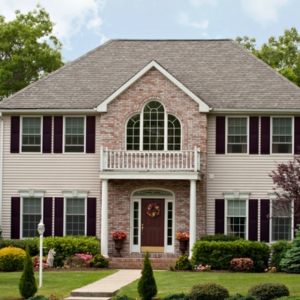 Part 8: Everything Else
Part 8: Everything Else
In this last blog of the series, I want to touch on just a few additional areas. Last but not least, the attic, crawl spaces and foundations can house potentially the most expensive fixes in the entire home.
Attic
While not my favorite part of the home to inspect, the attic is a very important part of my work as it is a forgotten part of the house and rarely does a homeowner enter their attic. Some attics can be walked through and easily viewed, while others might be accessed through a pull down ladder,scuttle hole or only visually inspected due to lack of room. Either way, they need to be inspected carefully. The main areas of concern are insulation, framing, ventilation, leaks and pests.
Insulation:
Inspectors look for adequate insulation. The attic is one of the few places we can get a good look at the insulation. Newer homes are usually built with 10 to 12 inches of insulation. Older homes may have less either due to previous standards or because it’s been disturbed by elements or pests. Deficiencies are noted on the report.
Framing:
Just like insulation, the attic provides a great spot for inspectors to look at framing. It gives us an idea of how well the builder framed the home and how well it will support the roof and home in high winds or storms. Improper framing or cracked or damaged beams will be included in the report. Framing issues tend to be in the summary of more critical issues.
Ventilation:
Attics should be properly vented to prevent moisture. Moisture in your attic can lead to many issues including mold. Check out Invisible Hazards: Unseen Problems in Your Home for more info on indoor air quality and mold. Ventilation. Since Ventilation systems vary so much, this may be a future blog topic.
Leaks:
One of the biggest complaints lodged against home inspectors is that they missed roof damage. Checking the attic for past or present leaks will assist in roof evaluation.
Pests:
Attics are a great place for pests to call home. Termites can wreak havoc on your home, but they aren’t the only ones. Squirrels, mice, bats and others can get into your attic and cause health issues as well as damage to your insulation and wiring. Many home inspectors don’t do pest inspection but we do. I’m a WDO (Wood destroying Organisms) certified inspector.
Crawl Spaces
Inspecting crawl spaces is very similar to an attic inspection. We look for pests, ventilation issues, mold or mildew, wiring problems, plumbing issues and floor framing. Be aware that some homes have crawl spaces that are too small and can’t be entered. Home inspectors are not required to enter areas with less than 24 inches of vertical clearance.
Foundation
I know I discussed the foundation throughout this series. In Part 2: The Grounds, I explained specifically how landscaping can affect a homes foundation. The foundation needs to be evaluated throughout the home inspection. Cracks in walls, molding, and floor tiles can be an indication of foundation issues. We also look for sloping floors, a sagging roof, and windows and doors that don’t open properly. Read more about interior inspections related to the foundation in Part 4: The Interior.
I hope you found some little nugget of information in this series that helped you with your home inspection. Be watching for a little more fun and a lot less technical in our next blog, New Year’s Resolutions for Homeowners!
